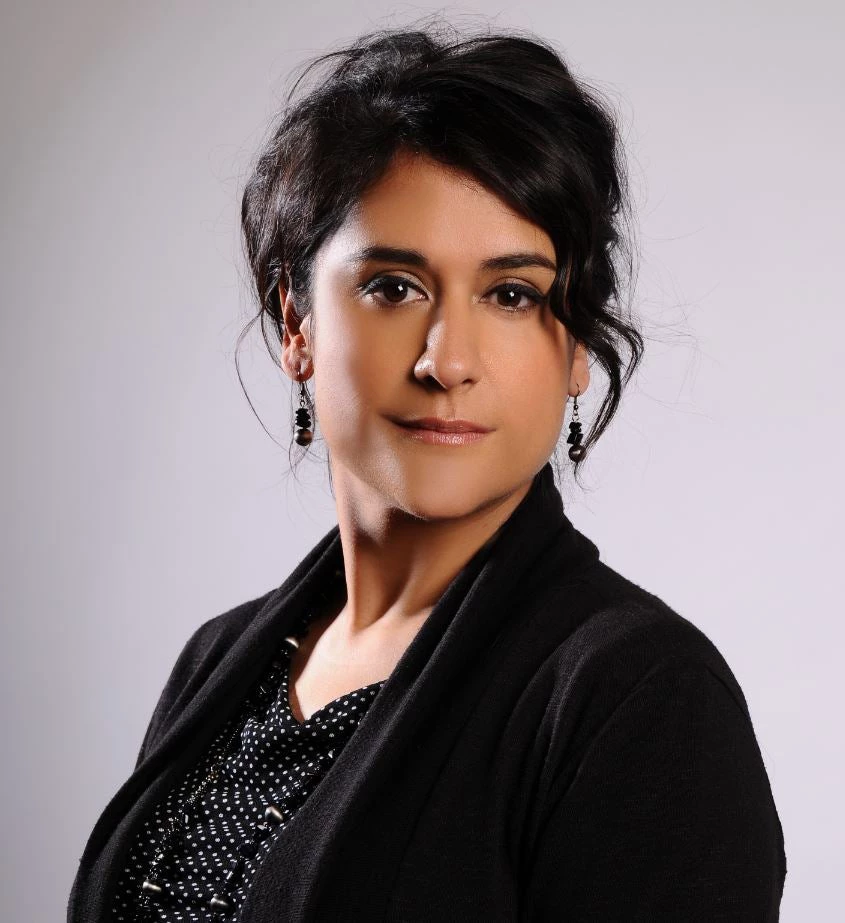The rapid deployment and adoption of digital technologies, networks and services the world over has been nothing short of phenomenal. In a very short time, digital connectivity has become vital to doing business, governing, learning, and living. Anywhere and anytime connectivity is now indispensable to modern society and is seen as an important driver of economic growth at the local, national and regional levels.
However, digital divides continue to persist in a number of countries, in particular across geographical contexts, gender and income. This is not due to any paucity of bandwidth but rather to the existence of outdated regulatory frameworks that have not taken due note of the rapid evolution of technology and market players. Lack of transparency, high taxation on international traffic, complex licensing regimes and the unfavorable treatment of OTT players are just some of the factors hindering digital development. In order to truly reap the benefits of digital transformation, an important forward-looking shift in regulatory priorities is needed in many jurisdictions. This shift can be better planned through an evaluation of current regulatory practice versus international best practice.
Enter the Regulatory Watch Initiative (RWI), a flagship product of the World Bank’s Community of Practice on Regulation. The RWI is an easy-to-use and effective platform for advising World Bank operations across sectors and guiding regulatory reform nationally and regionally. It currently covers regulatory practice across 27 countries located in the West Africa, East Africa and Mediterranean MENA regions.
Regulatory Themes and Findings
The RWI covers five main regulatory themes as follows: licensing and authorization, fair markets, international access, spectrum management, and regulatory governance.
Each one of these themes has been broken down into a number of regulatory indicators (for a total of 18). For instance, under fair markets, the existence of SMP regulation and SMP enforcement have been studied, together with the availability of Reference Interconnect Offers (RIOs) and the favorability of OTT regulation. Under spectrum management, procedures, tariffs, transparency and assignment of spectrum have all been qualitatively analyzed.
Based on this analysis, a number of key findings have emerged, examples of which are set out below:
- Licensing: The openness of license regimes is critical for the development of broadband, namely competitive and transparent bidding processes and overall information transparency.
- Spectrum: No spectrum scarcity exists in either the 2G/3G frequencies or the digital dividend bands in the countries under study. However, due to lack of assignment of these frequencies by regulators, there is significant pent-up demand for access to spectrum from operators combined with a reluctance to commit millions of dollars in spectrum fees in advance.
- International access: The development of open regulatory frameworks and the strict enforcement of wholesale regulation of national and international connectivity is even more crucial in countries with geographical disadvantages.
- Fair markets: Any “anti-OTT” regulatory measures, such as blocking access or taxation, had dramatic negative effects on market development as a whole.
- Regulatory governance: The approach to universal service funding varies greatly between countries. Only a handful of countries have modern definition of Universal Service or have defined and implemented concrete funding mechanisms.
Bridging the Gap from Current Practice to Best Practice
In addition to the substantive analysis and regulatory findings, the RWI platform also provides a unique snapshot of the regulatory status in each country by measuring the level of “attainment” of best practice. This “attainment level” corresponds to the gap between a country’s current regulatory situation and the best practice and is expressed as a percentage. A 100% score is given when the identified best practice has been adopted.
These attainment levels are available per country, per region, per theme, and per indicator, and can be used for specific operational needs.
It should be noted that the RWI attainment level calculation is novel and unique in nature.
Tools such as GSMA’s MCI assess the status of markets, while others such as the ITU Regulatory Tracker itemize regulatory tools in place using self-reporting by national governments. In contrast, the RWI platform is based on independent expert assessment of a pre-selected set of regulatory instruments — their quality and their level of implementation. As such, it provides a comprehensive regulatory analysis of telecom markets and regulatory measures affecting access, availability and affordability.
Furthermore, the RWI attainment level has been found to be closely correlated to the status of ICT development on a regional basis. This attests to the strength and value of the RWI methodology and identifies important regional patterns. It also suggests that other factors have an impact on the development of ICT, such as the country’s economic prosperity, openness to the global economy, education, high quality research, and state governance.
Coming up
Future releases of RWI are currently under consideration. These are likely to include expanded geographical scope, additional themes and indicators, as well as publications, on an annual or biennial basis, containing detailed analysis, trends, snapshots, assessments, country profiles and an up-to-date regulatory database.
So watch this space!






Join the Conversation